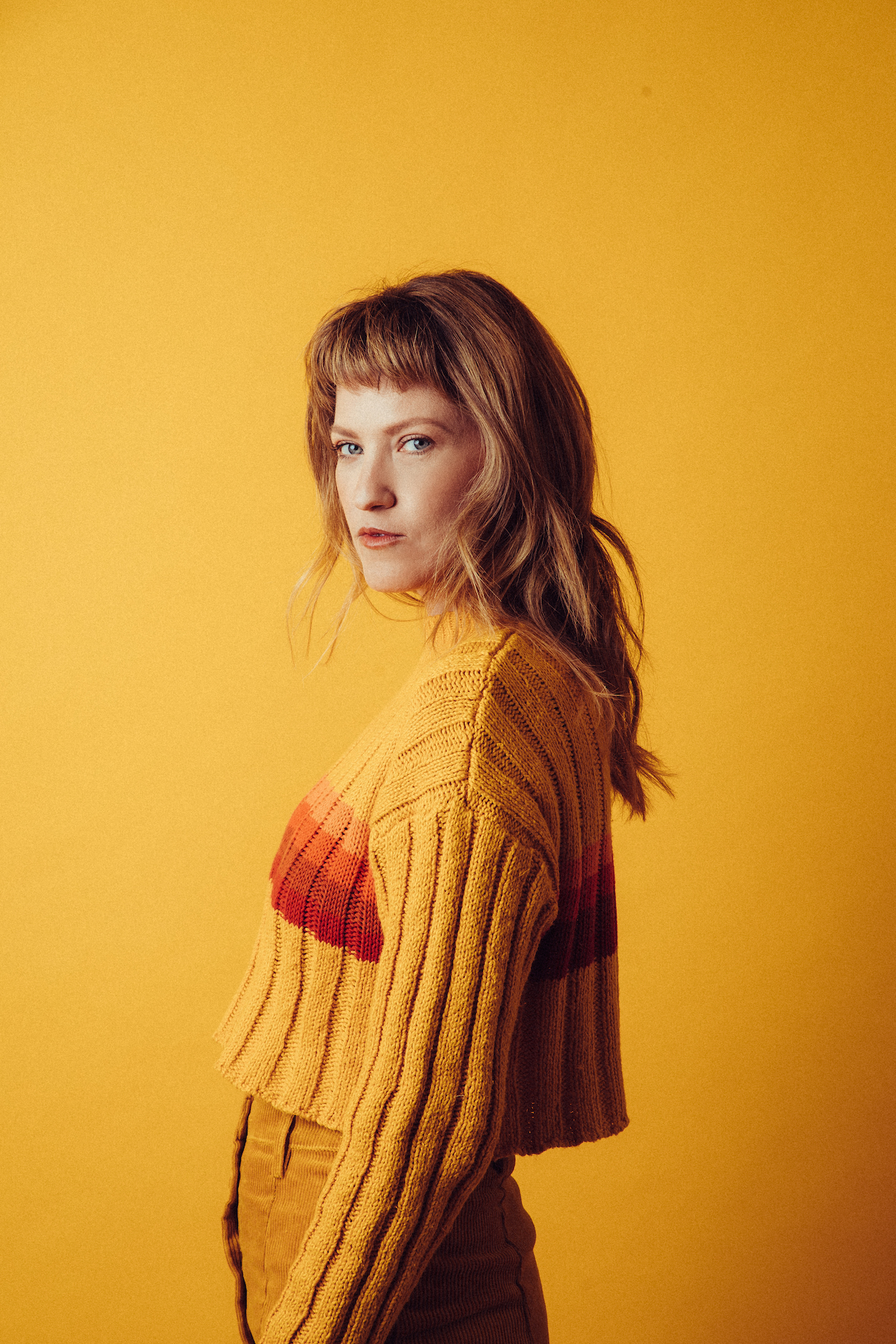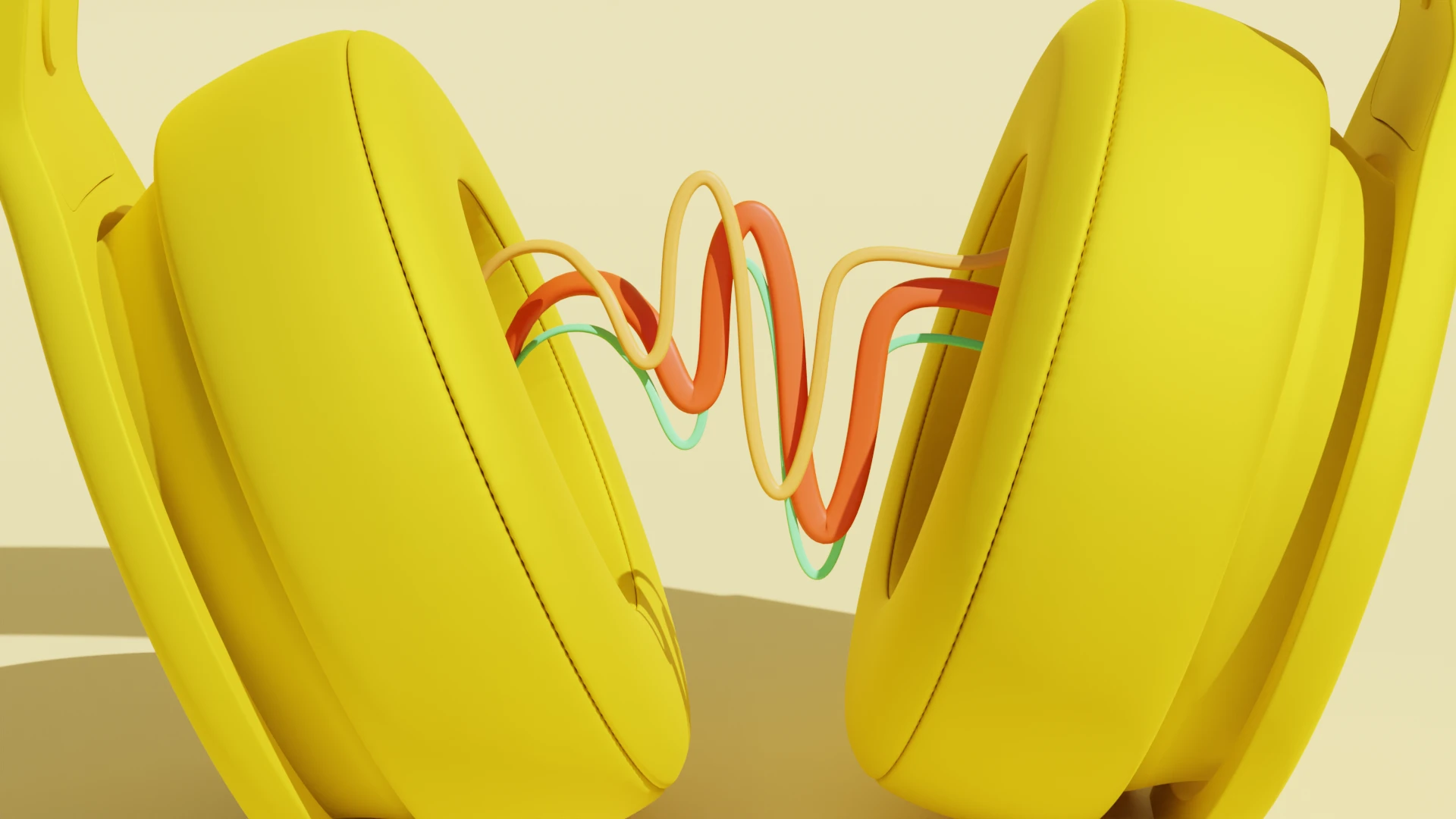What type of content do you primarily create?




If you want to raise your video equipment game and graduate to professional-grade video, you need an HD video camera. That doesn’t necessarily mean you can’t use a smartphone—just that you can’t use any smartphone.
You can find endless HD camera options out there. And like any consumer technology, the choice can be overwhelming and confusing. You can simplify things by focusing on three requirements:
Three must-haves that make the best vlogging cameras
1. High resolution
You want a touchscreen camera that can record video in nothing less than 4K resolution. Many cameras still only have a maximum resolution of 1080p. That’s not horrible, but it puts your video at risk of looking low-res and dated. Many newer smartphones come with 4K video capability.
2. Autofocus
If you’re a one-person team, like most vloggers, you need a camera that stays in focus by itself. It’s typically a built-in feature and rarely needs to be set up. If you’re filming in a variety of locations and lighting, be sure that it can adapt to low-level light conditions.
3. Stabilizing and screen visibility
For your vlog, you'll want a display that lets you see yourself and the scene around you while recording. If you're using an iPhone, you'll need a three-axis stabilizer or gimbal to mount it. A shaky camera can blur your picture, ruining your footage or, at best, increasing your editing time.
With those three factors in mind, here are our picks for today's best vlogging cameras. All but one record in 4K. We're not including any smartphones; if that's your preferred route, just find one that meets the three criteria above.
The 10 best vlogging cameras of 2023
No one camera is best for vlogging. Instead, it depends on if you want a camera that can take both videos and photos, want something basic to upgrade from a smartphone or webcam, or want something that will capture the best video possible, and cost isn’t an issue.
1. Canon EOS M200 EF-M
Best budget and beginner-friendly vlogging camera

The Canon EOS M200 EF-M is as powerful as it is lightweight. This is a great camera for a travel vlogger or someone doing day-in-the-life style videos, as it has a screen you can flip to see yourself while you film. It’s a popular camera choice for streaming.
Even though the camera's body is about as big as a deck of cards, it still has an interchangeable lens like a bulkier DSLR. Combine a great lens with its high-quality image sensor, and you've got a lot of camera power for less than $600.
Pros:
- 24.1 Megapixel CMOS sensor (APS-C).
- 4K Video and 4K time-lapse Movie along with vertical video support.
- 3.0-inch Touch Panel LCD Screen with Tilt Option for 180° for Selfies.
- Built-in Bluetooth and Wi-Fi connectivity for auto image transfers.
- Impressive low-light performance.
- Compatible with a wide range of Canon EF-M, EF, and EF-S lenses.
Cons:
- Additional lenses for a variety of shot styles could make the price creep up quickly on a budget-friendly camera.
- Some users have reported issues with overheating when capturing high-resolution video for extended periods.
Price: $549.99
2. Sony Alpha ZV-E10
Best mid-tier mirrorless vlogging camera

Like the Canon, the Sony Alpha ZV-E10 camera is mirrorless, which makes for a slimmer design. It also has an interchangeable lens, a screen that can flip forward, and a high-quality image sensor.
The ZV-E10 is similar to the Canon, but is an upgrade in terms of quality. That slight increase in quality also comes with a slight increase in size and price. This vlogging camera will run you around $700.
Pros:
- APS-C sensor with 24MP resolution.
- Capable of 4K/30fps video recording.
- Wide lens selection with versatile E-mount system.
- Designed specifically for vlogging with features tailored to content creators.
- Compatible with a wide range of Sony E-mount lenses.
Cons:
- The camera body is sold separately from the lens, which could increase the overall cost.
Price: $700
Learn: How to become a video content creator in 2023
3. GoPro Hero11 Black
Best mirrorless vlogging camera and outdoor use

You don’t have to be a windsurfer or a teenage motocross jock to appreciate the GoPro Hero11. GoPro has come a long way in terms of video quality.
With add-on microphone options, digital stabilization, the ability to mount to a selfie stick, and standard resolution in 4K, the Hero11 is a solid choice for any action-oriented or outdoorsy vlogger. It’s also waterproof and relatively cheap. We’re talking less than $400.
Pros:
- Larger new image sensor delivers an immersive, extra-large field of view.
- Cinematic 5.3K60 + 2.7K240 video with 24.7-megapixel stills from video.
- Emmy® Award-winning HyperSmooth 5.0 video stabilization with Horizon Lock.
- Waterproof up to 33ft.
- Long-lasting Enduro Battery included, which improves camera performance in cold temperatures and extends recording times.
- Water-repelling lens cover keeps shots clear.
- Dual LCD screens for playback and selfie framing.
- External mic options available.
- Excellent low-light performance with the Night Effects feature.
- Compatibility with 40+ mounts, mods, and accessories.
Cons:
- A microSD card is required for operation but is not included with the camera.
- Some advanced features like AutoBoost and Horizon Lock have a learning curve.
- The Enduro Battery, while providing longer recording times, might still be insufficient for extended shooting sessions.
Price: $349.99
4. Panasonic Lumix GH6
Best premium vlogging camera

All of these cameras can be used for more than just vlogging, but if you're looking to really invest in a DSLR that can excel at still photography and filmmaking, this Panasonic might be your best bet.
It can shoot in a wide range of 4K-focused video modes, and like the Canon and Sony above, has a display that can be flipped forward for selfie mode. This is a great entry-level DSLR that has great image quality for the price (around $2,000). It would be an ideal DSLR camera for your YouTube Studio setup.
Pros:
- Huge range of video options, including 5.7K video at 60 frame rate per second (fps) and Apple ProRes 422 HQ recording.
- Unlimited recording times.
- Excellent image stabilization with up to 7.5 stops of correction.
- Multi-angle tilt-and-swivel screen for flexible shooting.
- Improved contrast-based autofocus performance over its predecessor.
- Dust and splash-proof body.
- Dual tally lights and record buttons for ease of use.
Cons:
- Autofocus still lags behind other options on the market.
- No live streaming option, which is available in its predecessor (GHZ 5 Mark II).
- Some features are not available until after a firmware update.
- Low-light performance might not be as good as full-frame cameras due to the smaller sensor size.
- Users report the contrast-based autofocus system may still exhibit some "hunting" for focus.
Price: $1,700
5. Insta360 Link
Best vlogging camera for home studio setups

The Insta360 Link has multiple modes for capturing video, from portrait mode (ideal TikTok, Instagram, and vertical video playback) to desk view mode (for perfectly level flat lay shots).
If you’re up and moving, it uses AI to keep you in the center of the frame. You can even control it with in-frame hand gestures so you don’t need to be rooted to a keyboard.
Pros:
- Ultra HD 4K resolution for clear and detailed video.
- Great low-light performance as Insta360 1/2" sensor captures detailed images even in dark rooms
- HDR mode that balances highlights and shadows effectively.
- Uses Phase Detection Auto Focus (PDAF) for quick focusing, and auto exposure keeps the video looking natural.
- A 3-axis gimbal design and AI tracking algorithm allow the lens to follow your movements.
- Offers DeskView, Whiteboard, Overhead, and Portrait modes for various types of presentations.
- Lens automatically points downwards after 10 seconds of inactivity to protect your privacy.
- Dual noise-canceling built-in microphones and automatic gain control to amplify your voice and reduce background noise.
Cons:
- HDR mode is only supported for 1080p and 720p.
- While the Link has a built-in 1/4" mounting point, it may require additional accessories for certain setups.
- No built-in battery.
- Must be powered via a USB-C cable.
Price: $299.99
6. Sony ZV-1
Best vlogging camera for the average user

The Sony ZV-1 is a versatile digital camera with a lot of depth. It’s a compact but powerful vlogging camera, offering class-leading autofocus, a bright 24-70mm lens, and a fully articulating touchscreen. This makes it a great choice for vloggers and streamers who also engage in various types of photography or videography.
It can produce crisp, detailed HD 1080p/250fps video and offers a built-in ND filter and profiles like S-Log2 for color grading. It’s even compatible with external microphones. However, it has limited touch controls and uses MicroUSB rather than USB-C.
Pros:
- Autofocus can profile and capture subjects in low-light conditions.
- Compact and versatile, suitable for various shooting scenarios.
- Features a hotshoe, mic port, and fully articulating touchscreen for flexibility.
- Excellent real-time tracking and Eye AF.
- 21 fps for continuous shooting.
- 44x digital zoom and 2.7x optical zoom.
Cons:
- Limited touch controls.
- Uses MicroUSB rather than the more modern USB-C.
- Poor battery life.
- Subpar stabilization.
Price: $750
7. Canon Powershot G7 X Mark II
Best point-and-shoot camera for vlogging

The Canon PowerShot G7 X Mark II is an excellent choice for beginner vloggers due to its plug-and-play nature right out of the box.
Pick it up, and in a few taps, you can livestream to YouTube. The camera is ideal for capturing a wide range of scenes, and it records video at 60 fps in 4K, creating smooth, professional-looking videos. Despite lacking a viewfinder, which can creep into battery life, the 3.0" LCD Touchscreen is a nice size for framing shots and reviewing footage. Built-in Wi-Fi makes it easy to share your creations.
Pros:
- 4K resolution.
- Mic port allows for additional sound recording options.
- 4.2x Optical Zoom for versatile shooting.
- Built-in Wi-Fi for easy sharing and transferring of images.
- Shoot vertical video for social media (e.g., TikTok and Instagram Stories).
Cons:
- Battery compartment location may be inconvenient for those using a selfie stick.
- No viewfinder.
Price: $629
8. DJI Pocket 2
Best all-in-one vlogging camera

The DJI Pocket 2 is a fantastic tool for vloggers. Due to its size, the Pocket 2 feels like a selfie stick but delivers smooth and professional looking video recordings.
This tiny camera, which fits perfectly in your hand, bag, or pocket, lets you record single-handedly. Equipped with a 3-axis stabilized camera, the DJI Pocket 2 can stabilize movement and capture sharp photos and smooth videos. It also features ActiveTrack 3.0 and AI Editor, which are excellent for creating dynamic and engaging content.
With its excellent image quality and DJI Matrix Stereo, you can create high-quality, immersive content.
Pros:
- Pocket-sized and extremely portable, perfect for on-the-go vlogging.
- AI Editor for easy and quick video editing.
- Excellent image quality with a 1/1.7-Inch Sensor, 64MP Photo, and 4K/60fps Video.
- Records stereo sound.
- Quick Capture feature allows you to begin shooting in one second.
- High-Definition Panorama for capturing wide scenes or group selfies.
Cons:
- Some users might find the small size challenging to handle.
- Additional accessories like the Mini Control Stick, Waterproof Case, and Micro Tripod are sold separately, which could increase the overall cost.
- Battery life might be shorter compared to larger cameras due to its compact size.
Price: $349
9. Nikon Z30
Best vlogging camera for beginners

The Nikon Z30 is creator-ready, meaning it's designed with content creators in mind—especially those just starting out. It is Nikon's smallest and cheapest APS-C mirrorless camera yet. It's equipped with WiFi and SnapBridge, which allows for easy sharing and transferring of images and videos.
The camera switches to selfie mode when flipped for vlogging, tracking your face with sticky autofocus. Despite its smaller size, the Z30 can shoot uncropped 4K/30p and HD 120p video, making it a competent offering for budding creators. But as there’s no headphone port, you run the risk of having to try and improve the sound quality in post-production.
Pros:
- SnapBridge feature for easy sharing and transferring of images and videos.
- Uncropped 4K video capability.
- Intuitive vari-angle touchscreen.
- Compact and lightweight, making it portable for vloggers.
- Reliable face-tracking autofocus.
- Good video quality and excellent autofocus system.
- Accessible user interface.
Cons:
- No image stabilization.
- No headphone port for audio quality monitoring.
- Prone to overheating when recording in 4K.
- Limited APS-C lens range.
- Lack of in-body image stabilization (IBIS).
Price: $609.95
10. DJI Osmo Mobile 6 gimbal
Best budget vlogging camera set up

If you’ve read this far and decided to record on your smartphone—which, again, totally fine—you need to invest in a gimbal. The one we recommend is the DJI Osmo Mobile 6.
Lightweight and available for $150, the DJI Osmo Mobile 6 lets you work your smartphone hands-free while also stabilizing the picture. It’s sturdy, easy to use, and can fold up for travel. It also comes with a built-in battery and magnetic mounts to secure your phone.
Pros:
- Compact and easy to balance and fold down.
- Features an 8.5" extension rod for more creative shots.
- Improved magnetic phone clamp, which supports smartphones up to 3.3" wide and automatically detects your phone and aligns the clamp.
- Built-in battery runtime of approximately 6.4 hours.
- Advanced features like Dynamic Zoom, SpinShot, Story Mode, ActiveTrack 6.0, Follow, and Sport Modes make capturing professional video easy.
Cons:
- Charging time is approximately 1.5 hours, which might be long for some users.
- Reliant on the quality of your smartphone camera.
Price: $150
What vlogging camera is right for me?
Still having trouble choosing? We’ve got some specific use case scenarios that might help you make a decision.
YouTubers looking for high-quality video
Go with the Panasonic Lumix GH6. It gives you high-definition video, excellent mic options, and plenty of other features.
Beginner vloggers
Try the Canon EOS M200 EF-M or the Sony Alpha ZV-E10. Like the Lumix GH6, they both record in 4K and have decent features, but won’t put as big of a dent in your savings.
Outdoor vloggers
Go with the GoPro Hero11 Black, which gives you 4K quality and all the mobility you want. Don’t forget to buy a helmet and pay your health insurance premiums.
Smartphone vloggers
Just make sure your phone records in full HD or 4K, and get the DJI Osmo Mobile 6 gimbal. It will allow you to mount and stabilize your smartphone.
To learn more about hooking up your vlogging camera to editing software like Descript, read more tips and tricks on Descript's blog.





























%201.svg)






















